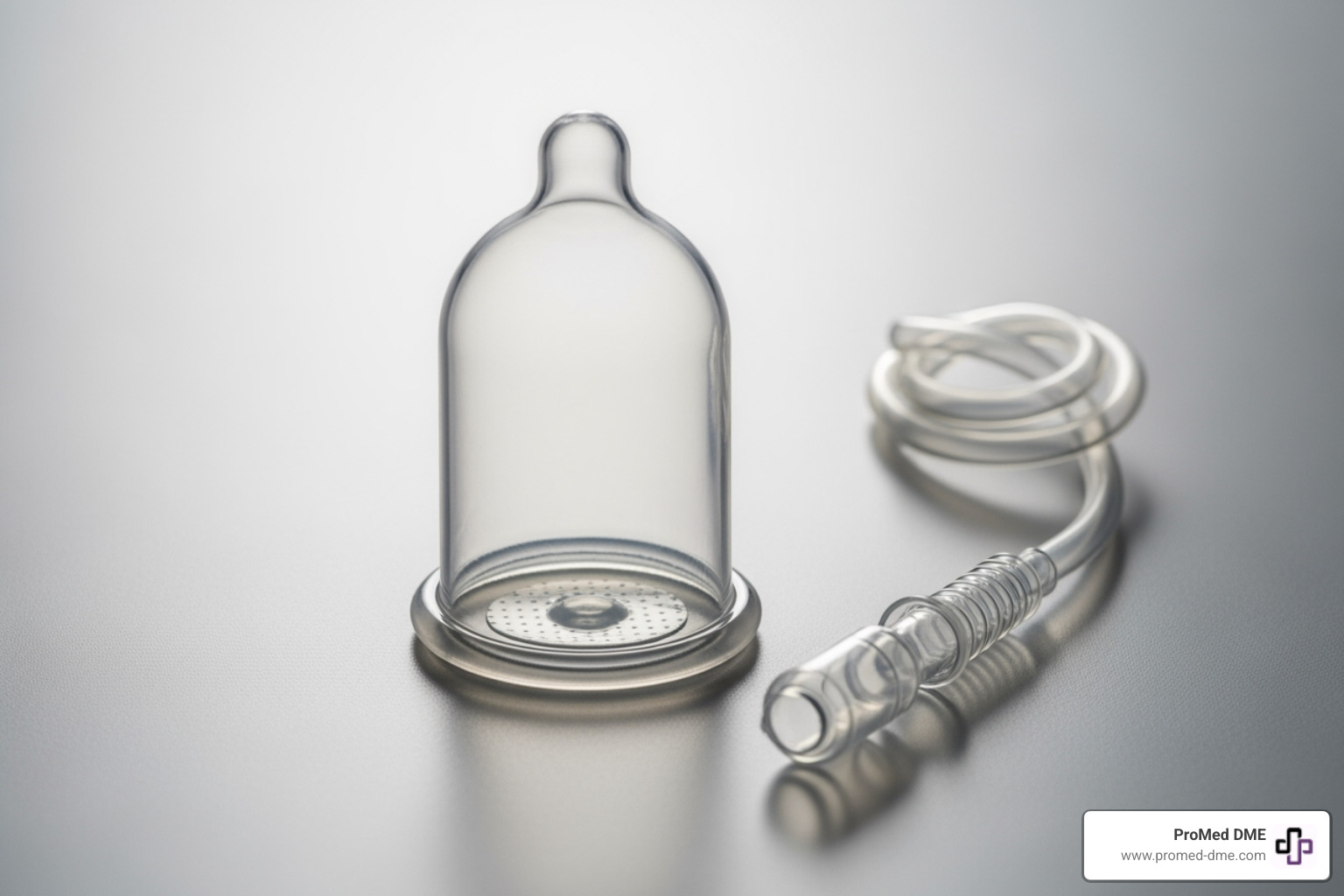Insulin Pump Covers That Keep You Dry and Worry-Free
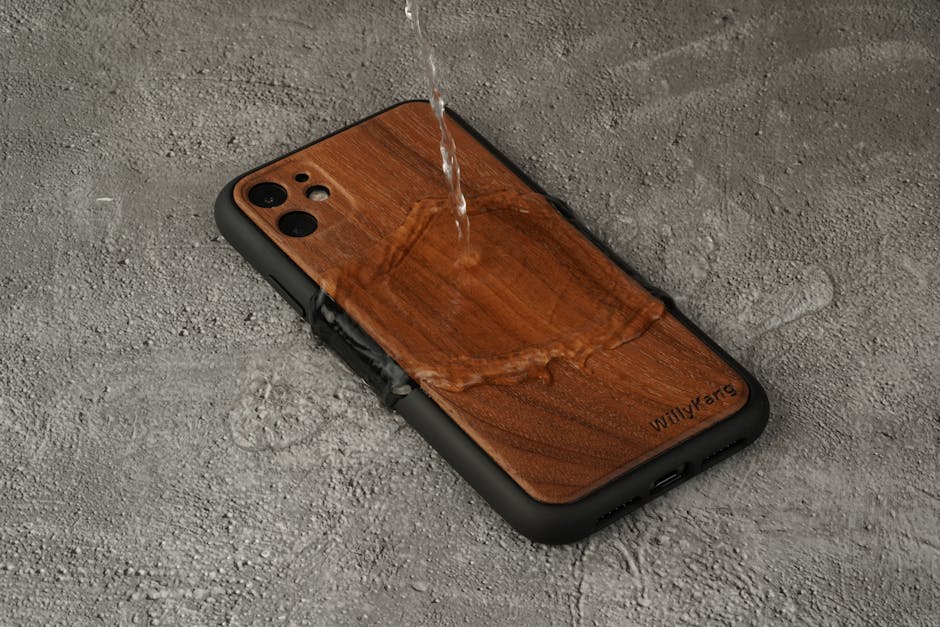
Why Waterproof Protection is Essential for Insulin Pump Users
Waterproof insulin pump covers provide essential protection for your expensive medical device, allowing you to swim, shower, and enjoy water activities without fear of damage. Key options include:
- Hard-shell cases (IPX7 rating) for active water sports
- Flexible pouches (IPX6 rating) for swimming and bathing
- Universal designs that fit models like Tandem t:slim X2 and Medtronic MiniMed
- Price range of $15-50 depending on features
Living with diabetes shouldn't mean avoiding the pool. Many pump users feel anxious about water exposure, missing out on activities they love. Water damage to an insulin pump can cost thousands and leave you without essential medication delivery.
Modern waterproof covers solve this problem, allowing you to bathe, shower, and swim while keeping your pump dry and functional.
One user shared: "I went to the beach and in the pool, and the case kept sand, salty water, and pool water out, leaving the insulin pump completely dry."
However, be aware that some research shows waterproof cases can reduce insulin flow rates at very low basal settings. This makes choosing the right cover and monitoring your blood sugar levels even more critical.
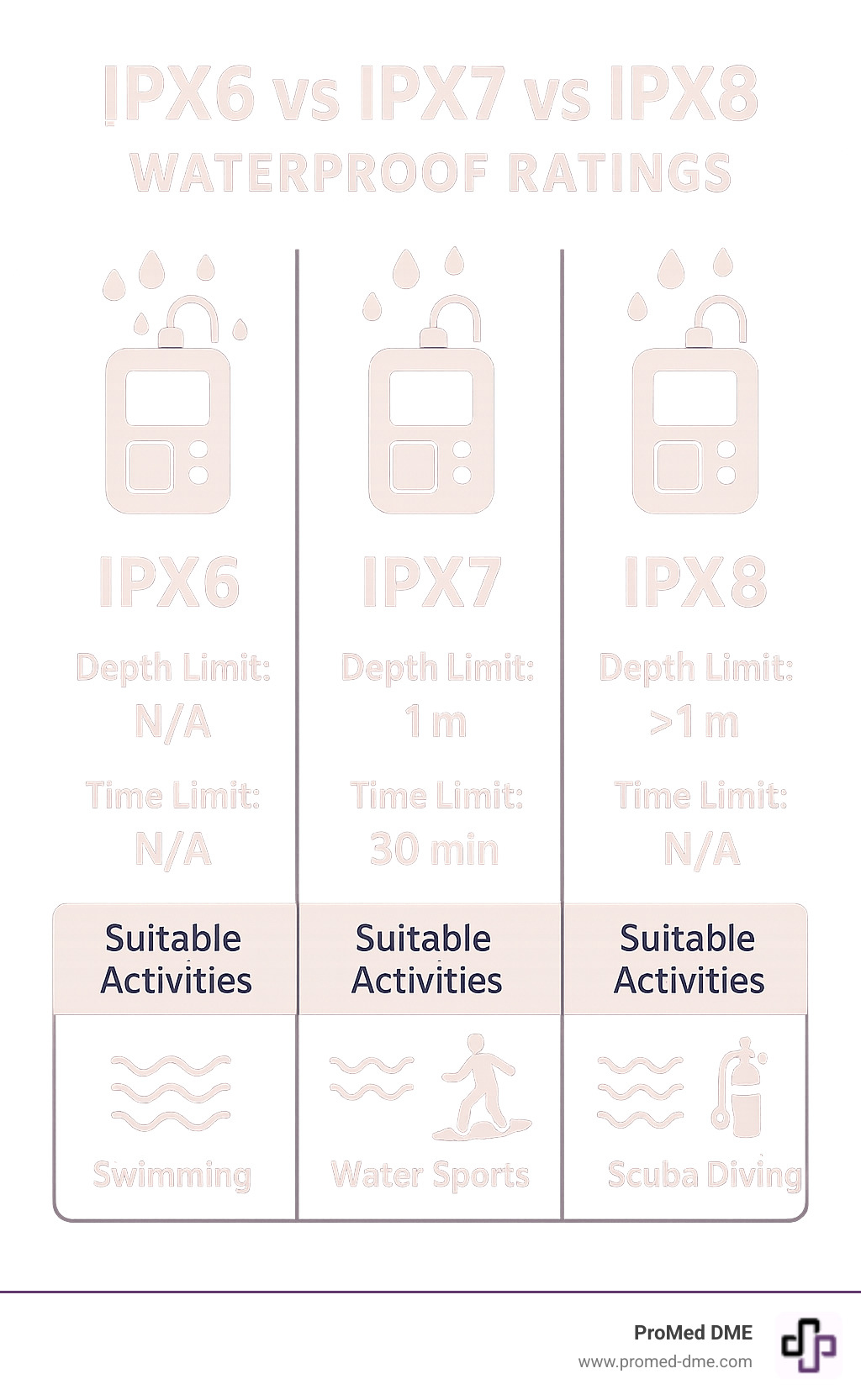
Glossary for Waterproof insulin pump covers:
Why a Waterproof Cover is a Game-Changer for Pump Users
Worried about your insulin pump at the beach while your family splashes in the waves? Waterproof insulin pump covers change this story.
Your insulin pump is a delicate, expensive piece of technology. A splash of water, sand, or even dew can damage it. These covers offer protection from the elements, not just water. They shield your pump from moisture, sand, dust, and dirt. Beach sand, chlorinated pool water, sweat, or a sudden rainstorm can all spell disaster for your device.
One user shared how their waterproof cover successfully protected against "mud, drops, and water with almost no problems" during outdoor activities. Another person working in agriculture called their waterproof insulin pump cover a "game-changer" after losing multiple pumps to moisture and drops before finding the right protection.
With proper protection, enabling an active lifestyle becomes a reality. You can finally enjoy activities you've been avoiding, like taking a bath, showering, or joining a family pool party. The possibilities expand to kayaking, paddleboarding, or even whitewater rafting. Enjoy everyday moments like gardening, walking in the rain, or playing with your kids at a water park without worry.
Extending the life of your expensive pump will save you money. Water damage is a top reason for early replacements, which can cost thousands. A quality waterproof cover is a smart investment.
It's insurance for your peace of mind. Stop worrying about your pump and focus on living your life. Managing diabetes is challenging enough without added stress about your equipment.

Key Features to Look For When Choosing a Cover
Choosing the right waterproof insulin pump cover requires considering a few key features to ensure it fits your pump and lifestyle.
Compatibility is non-negotiable. If you use a Tandem t:slim X2 or a Medtronic MiniMed (like the 630G, 670G, or 780G), look for covers that explicitly list your model. If unsure, measure your pump and compare it to the cover's internal dimensions. A secure fit prevents rattling and ensures protection.
Material quality determines durability. The main types are flexible TPU (thermoplastic polyurethane) and hard-shell plastic. TPU offers clear, flexible visibility, while hard-shell plastics provide maximum impact resistance. For flexible covers, look for high-frequency welded seams, which create stronger, more reliable watertight bonds.
Understanding the Seal and Closure
The seal and closure system is the most critical part of a waterproof cover.
- Clamp systems use a rigid clamp to press down on a soft seal, creating a strong barrier against water. They can handle powerful jets and brief submersion.
- Latching closures, common on hard-shell cases, use clips to compress a gasket for a watertight seal. Quality systems can achieve an IPX7 rating (submersible to 3.3 feet for 30 minutes).
Understanding IP ratings is key. IPX6 protects from powerful water jets (rain, splashes). IPX7 allows submersion up to one meter for 30 minutes (swimming, bathing). IPX8 offers continuous submersion protection. Match the IP rating to your lifestyle.
Usability and Accessibility
A great cover protects your pump while keeping it fully functional. Look for:
- Touchscreen compatibility: Clear windows should allow you to operate menus and buttons easily.
- Clear windows: These are essential for viewing the display and seeing alerts without opening the case.
- Tubing management: The cover must allow tubing to exit while maintaining the waterproof seal.
- Attachment options: Belt clips, lanyards, and waistbands offer different levels of convenience and security. The best choice depends on your activities and preferences.
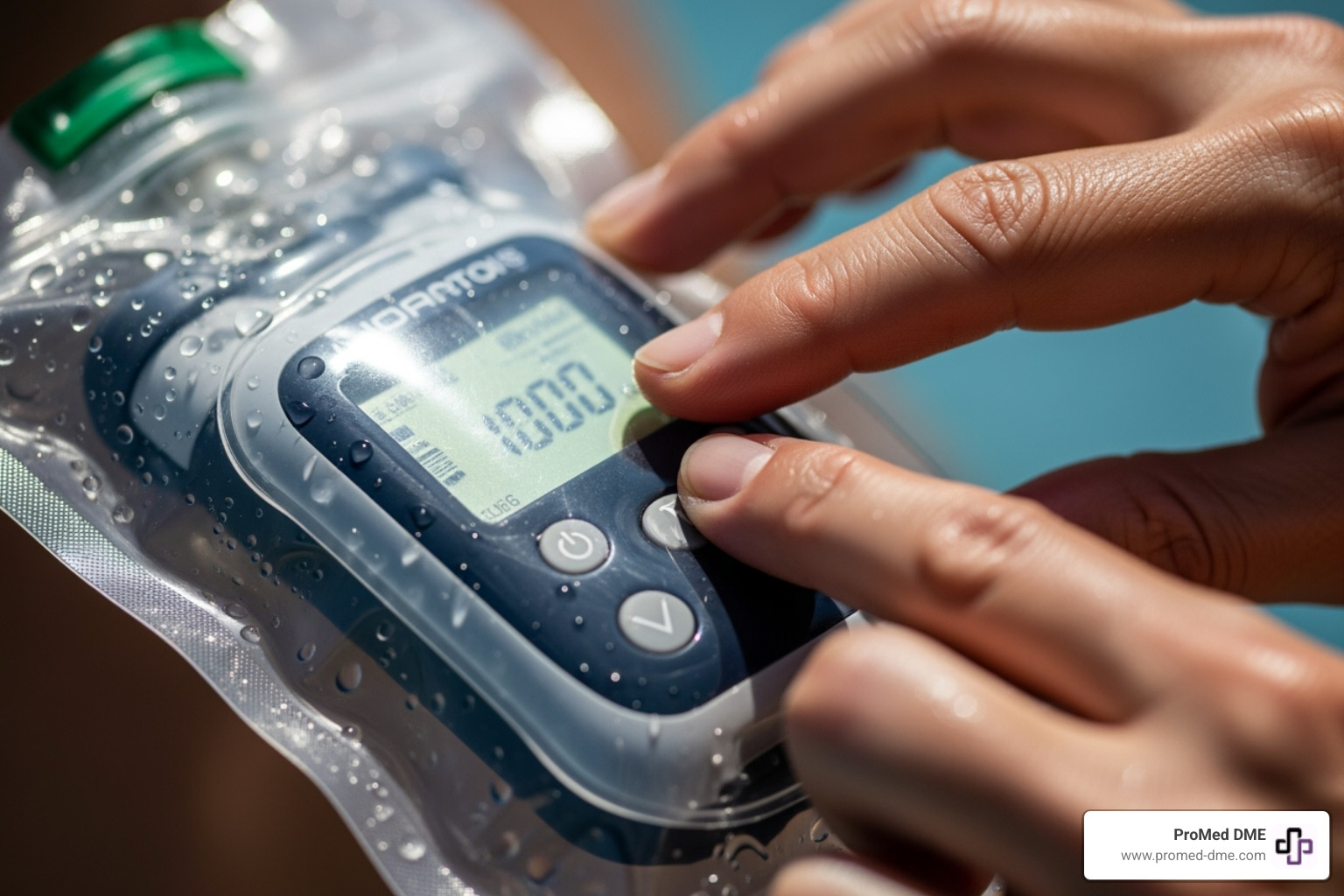
Finding the Right Fit for Your Activities
Choose a waterproof insulin pump cover that matches your planned activities.
- For daily protection from splashes, rain, or spills, a flexible pouch with an IPX6 rating is sufficient for showering and bathing.
- For swimming, snorkeling, or jet skiing, you'll need IPX7 or IPX8 protection. Hard-shell cases often provide this level of submersion and impact resistance.
- For rough use involving impacts or drops, like hiking or obstacle courses, a durable, impact-resistant hard-shell case is recommended.
- Comfort for all-day wear is crucial. A cover is useless if it's too uncomfortable. Consider the size, weight, and attachment method to find what works for you.
Types of Waterproof Insulin Pump Covers
Waterproof insulin pump covers come in two main types: hard-shell cases and flexible pouches. Each is designed for different situations. A flexible pouch is great for gentle pool time, while a hard-shell case is better for a triathlon or whitewater rafting.
| Feature | Hard-Shell Cases | Flexible Pouches |
|---|---|---|
| Protection Level | Maximum impact and submersion protection | Good splash, rain, and temporary submersion protection |
| Fit | Often custom-molded for specific pump models | More universal fit for various pump sizes |
| Best For | Active water sports, rough outdoor activities | Swimming, showering, bathing, daily light water exposure |
| Material | Rigid plastics (e.g., polycarbonate) | Flexible TPU (thermoplastic polyurethane) |
| Closure | Secure latches, O-ring gaskets | Clamp systems (e.g., Aquaclip), roll-top seals |
| Bulk | More bulky, rigid | More flexible, less bulky |
| Typical IP Rating | IPX7, IPX8 | IPX6, IPX7 (less common for flexible) |
| Touchscreen Access | Clear, rigid screen protectors | Flexible, sensitive clear windows |
Hard-Shell Waterproof Insulin Pump Covers
Hard-shell waterproof insulin pump covers are the heavy-duty champions of pump protection, acting like a small safe for your device. These rigid, impact-resistant cases protect from water, drops, and bumps. A custom-molded fit for models like the Tandem t:slim X2 or Medtronic MiniMed ensures the pump sits snugly.
Their secure latching mechanism, which compresses a gasket or O-ring, creates an airtight seal. Many have an IPX7 rating, allowing submersion up to 3 feet for 30 minutes. These cases are ideal for rough activities like contact sports or hiking, providing extra confidence when your pump might take a beating.
Flexible Waterproof Insulin Pump Covers
Flexible waterproof insulin pump covers are the comfortable, everyday heroes of pump protection. Made from soft, clear TPU, these pouches are less bulky and feel like a second skin for your pump. Their lightweight and versatile design is comfortable for daily wear, and a universal fit is a major advantage, as many pouches accommodate various pump sizes.
Most use a roll-top or clamp seal, which typically achieves an IPX6 rating for protection against powerful water jets and brief submersion. These pouches are great for swimming and general water fun, like casual swimming and beach days. The clear, flexible material also allows for easy touchscreen operation, making them practical for daily use.
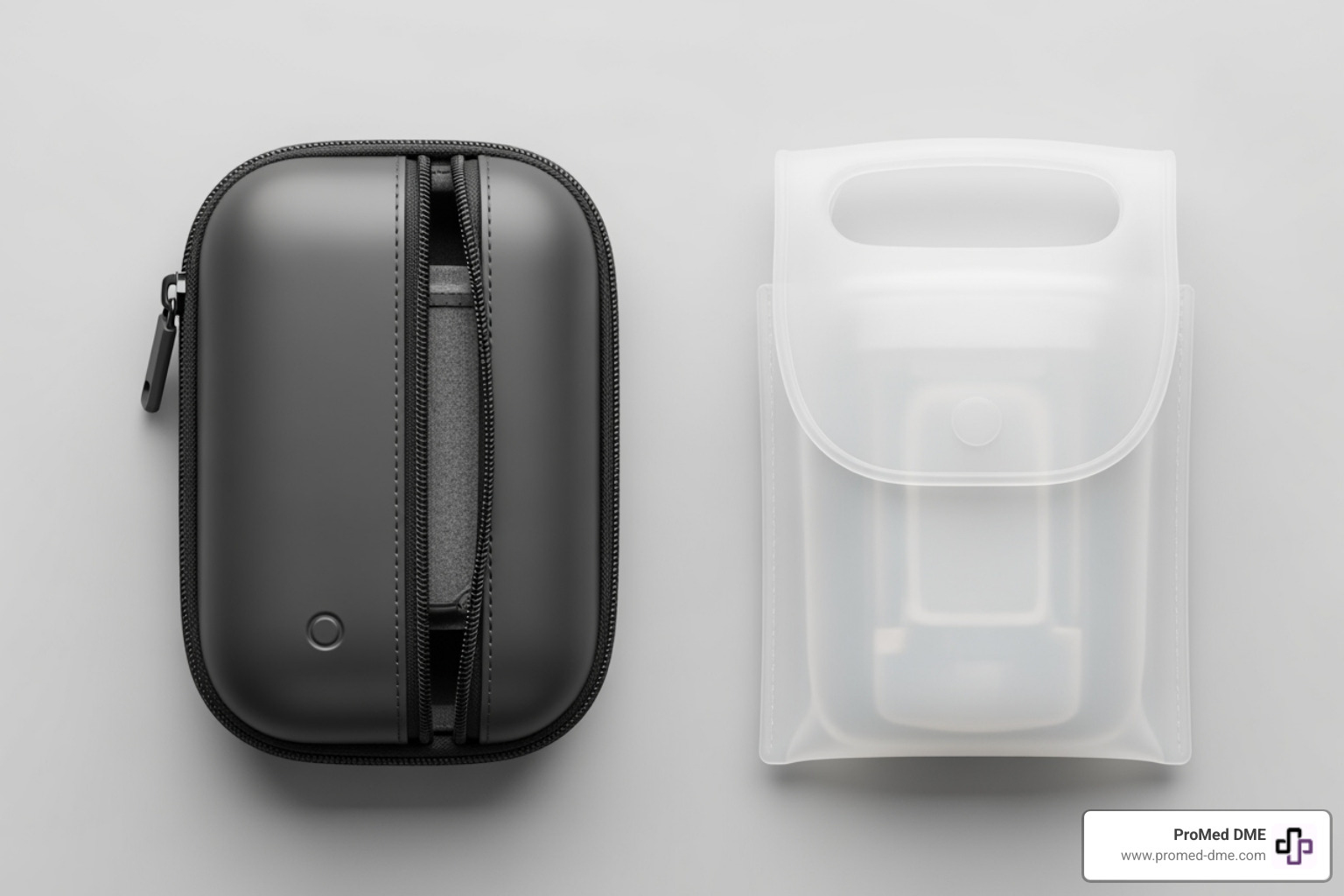
Safety First: Risks and Best Practices
While waterproof insulin pump covers are amazing, understand the safety considerations. The biggest concern is not cover failure, but a more subtle issue: insulin flow rate reduction. Research shows waterproof cases can slow insulin flow, especially at low basal rates.
Studies found that at a basal rate of 2 U/hr, some pumps delivered as little as 42% of the expected insulin inside a waterproof cover. At higher rates (10 U/hr), the flow was unaffected. This suggests the case adds resistance that impacts small, steady doses. This doesn't mean you should avoid waterproof covers, but you must use them smartly.
Monitor your blood sugar more frequently during and after water activities to catch any unexpected highs. Always consult your healthcare provider before using a waterproof cover for swimming or showering. They can offer personalized advice for your specific needs. Using these covers is your decision, so ensure it's an informed one. Scientific research on automated insulin delivery provides valuable insights into how these systems perform under various conditions.
Best Practices for Safe Use
Using a waterproof insulin pump cover safely requires attention to detail.
- Always test the seal before use. Put a tissue inside the empty, sealed cover and submerge it in water. If the tissue is damp, do not use the cover. This simple step can save you thousands.
- Ensure the cover is closed correctly. Close the cover carefully, following the manufacturer's instructions. Ensure tubing sits properly in any grooves. Don't force clamp systems; they should close smoothly when aligned.
- Monitor blood glucose levels frequently. Check your blood sugar more often: before, during, and after water activities. This helps you spot potential issues from reduced insulin flow early.
- Follow manufacturer care instructions. After use in chlorinated or salt water, wash it with soap and fresh water. Avoid harsh chemicals. Keep it away from sharp objects and store clamp-style covers with the clamp open to protect the seal.
These simple habits will keep both you and your pump safe. At ProMed DME, we believe managing diabetes shouldn't mean missing out on life's fun moments – it just means being prepared for them.
Frequently Asked Questions about Waterproof Insulin Pump Covers
Choosing the right waterproof insulin pump cover can feel overwhelming. Here are answers to the most common questions to help you make the best choice.
Can I safely swim or bathe with my insulin pump using a cover?
Yes, with the right cover, you can swim, bathe, and shower without worry. The key is understanding your cover's IP rating. For showering or bathing, an IPX6 rating (protection from splashes and jets) is usually sufficient. For swimming, an IPX7 rating is better, as it allows submersion up to 1 meter for 30 minutes.
Always check the manufacturer's specific depth and time limits. A helpful tip is to position your pump to minimize submersion time, such as wearing it on your back while swimming on your front. Crucially, test the seal before every use. It takes a minute and can save you thousands in replacement costs. If in doubt, skip the water.
How do I choose the right size cover for my specific insulin pump?
Getting the right fit is crucial. Start by checking the product specifications for your pump model. Quality waterproof insulin pump covers list compatible pumps, like the Tandem t:slim X2 or Medtronic MiniMed series (630G, 640G, 670G, 770G, 780G). If your pump isn't listed, measure it and compare the dimensions to the cover's internal specs.
The goal is a snug fit. If it's too loose, the pump can be damaged. If it's too tight, you risk damaging components or the seal. Flexible pouches often offer more universal sizing, which is a good option if you're between sizes or plan to upgrade your pump.
Will a waterproof cover interfere with my pump's Bluetooth connection to my CGM or phone?
Most covers don't interfere with Bluetooth, as the materials used are generally transparent to radio waves. However, very thick covers or those with metal parts could cause minor signal issues, though this is rare. Interference is more noticeable if your devices are already at the edge of their Bluetooth range.
We recommend testing the connection after putting the pump in its cover. Move it a reasonable distance from your CGM or phone to ensure data is still transmitting. This quick test provides confidence. If you notice issues, try repositioning the pump or moving devices closer. Most people find their connections work fine with the cover.
Conclusion: Live Freely and Stay Protected
Your diabetes journey doesn't have to mean watching from the sidelines. Waterproof insulin pump covers have revolutionized what's possible for pump users, turning anxiety into carefree experiences. These cases are your passport to freedom.
With the right cover, you can splash, swim, and soak without worry. Whether protecting against costly water damage or just seeking peace of mind in the shower, these covers provide confidence. The key is finding the perfect match for your lifestyle. A hard-shell case with IPX7 protection is great for kayaking, while a flexible pouch is ideal for showers and pool time. Ensure your Tandem t:slim X2 or Medtronic MiniMed fits and choose the right IP rating for your activities.
Safety remains paramount. While these covers open up possibilities, monitoring your blood glucose levels and being aware of potential insulin flow changes is crucial. Testing the seal and following care instructions are your safety net.
At ProMed DME, we understand that managing diabetes is about living fully. From our home base in Stuart, Florida, we're on a mission to support your active lifestyle with top-quality diabetes supplies and expert guidance.
Our dedicated nurse is here to answer your questions, and we work with most insurance plans to keep your costs manageable. We believe exceptional care shouldn't come with exceptional price tags.
Ready to dive back into life? With the right waterproof insulin pump cover and our support, water-filled trips are waiting.
Related Resources & Articles
Stay informed with our informative blog posts.
Discover the ProMed Advantage
& Try Our Products
We offer free shipping and legendary customer service to ensure you receive the
best DME products for your needs.

